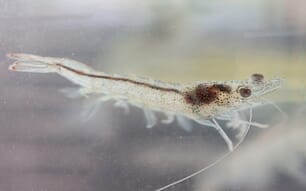The scientists found that storage times and carbon dioxide content in packaging are the two main factors that influence the effect of temperature on histamine toxin formation, which is the main temperature-dependent hazard.
They then identified combinations of these two factors that meet the EU food safety criteria for various storage temperatures.
Histamine is a substance that forms when certain fish are not properly refrigerated before being cooked or processed. Its presence in fish is controlled by EU legislation.
Tuna, sardines, mackerel, and anchovies are among the species where histamine can be found.
In the EU histamine poisoning is one of the most common illnesses caused by fish and fishery products. In 2013, there were 42 reported outbreaks of histamine poisoning which involved 231 people. However the actual number of outbreaks and affected people is probably greater than reported.
Fishery products containing high levels of histamine might not look or smell bad, but can cause illness. The symptoms include tingling or burning of the mouth or throat, rash, headache, diarrhoea and usually start within one hour after eating.
“Cooking, freezing and canning will not destroy this toxin, histamine, after it has formed. The best prevention is to stop it from forming by maintaining the cold chain and keeping fish refrigerated,” explained Ernesto Liebana, Head of EFSA’s Biological Hazards and Contaminants unit.
To carry out the assessment, EFSA scientists used predictive bacterial growth models that assume favourable conditions for histamine formation. These models estimate the rate of microbial growth or provide an indication of whether growth of a particular microorganism will occur under a specified set of conditions.
While EFSA identified histamine formation as the main hazard, the opinion also evaluated Listeria monocytogenes, Clostridium botulinum, and Yersinia enterocolitica.
Fishery products considered in the report are fresh products such as cod fillet; thawed unprocessed products such as sushi; cooked and chilled products from crustaceans and molluscs, such as cooked crab or vacuum-packed crab meat.




